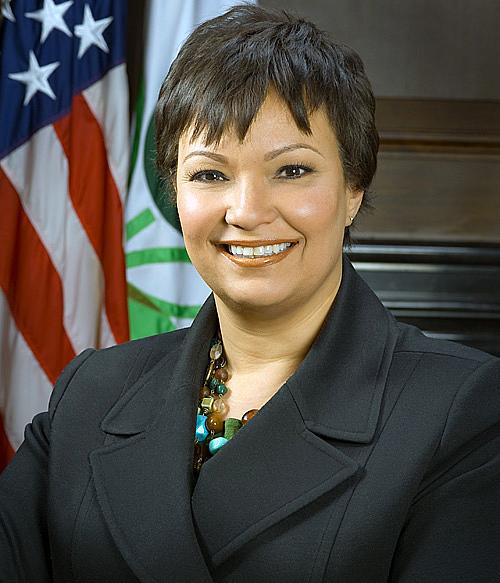Environmental justice: An old idea with a new emphasis

By CAROL SMITH
INVESTIGATEWEST
Environmental justice is an old mandate getting a new life under Lisa Jackson, the first African-American head of the Environmental Protection Agency.
Environmental justice refers to the fair treatment of all communities when it comes to enforcing environmental laws and protecting them from health and environmental hazards. It was first made a federal priority with a 1994 executive order intended to right inequities in minority and low-income communities that were experiencing a disproportionate share of the nation's environmental hazards.
The order, signed by President Clinton, required all federal agencies to incorporate environmental justice into their decision-making processes.
But the mission languished for the next several decades.
A 2007 study by Sandra George O'Neil published in Environmental Health Perspectives, for example, concluded that inequities had not only persisted, but also escalated in the intervening years with fewer polluted sites in minority and low-income communities being designated for Superfund cleanup funds, compared with those in wealthier areas.
That study along with criticism of the Superfund program by the Government Accounting Office and the U.S. Office of the Inspector General galvanized a call to reform the approach to environmental justice among federal agencies.
Under the Obama Administration, the EPA along with other federal agencies has a strict new edict to take justice into account. Jackson has assumed a high-profile role in evangelizing for environmental justice. She is mid-stream in a well-publicized "Environmental Justice Tour" that is taking her around the country visiting communities beleaguered by toxic waste.
And that in turn has invigorated communities with a new enthusiasm that raising their voices will make a difference.
In Wilmington, a community much like South Park, but next to the Port of Los Angeles, community activists raised the alarm about diesel truck emissions and succeeded in halting a planned port expansion until the port took steps to reduce the air pollution near area schools. The Port of Seattle has followed suit with a plan to ban trucks made before 1994. Residents of South Park and Georgetown have also succeeded in getting diesel trucks to quit idling on neighborhood streets and instead use a designated parking lot.
Residents in the Duwamish communities have successfully lobbied for more studies to look at the impact of air toxics on their health, and demanded more transparency and access to inter-agency communication that affects them.
They also successfully fought off a bid to put a new garbage transfer station in Georgetown, arguing it would add risk to an already over-burdened area.
Officials at EPA Region 10 in Seattle are trying to take growing community demands for environmental justice into account, said Suzanne Skadowski, who coordinates community involvement and public information for the effort. The EPA has increased its community outreach efforts to listen to concerns from all the affected populations.
The EPA has worked to try to provide information in culturally sensitive ways and multiple languages.
But an internal review of its environmental justice efforts, completed about a year ago, shows the agency is still grappling with how to reconcile the increasing community demands for comprehensive cumulative "impacts analysis" with the EPA's statutory constraints.
Regulators in Seattle may get some clues from California's state EPA, which is tackling this issue. The California Environmental Protection Agency has begun work on new guidelines to help communities evaluate cumulative exposures. That effort is being closely watched by other regions, including Seattle's, as a possible blueprint for how best to analyze the multiple loads borne by communities with complex environmental exposures and social risk factors.
At the same time, the effort under way to deal with these issues along the Duwamish is also being watched by other regions. In February, EPA officials from Seattle traveled to Alaska for a regional meeting to share some of their experiences with policy makers from other regions.
All regions have had to do recent evaluations of their efforts to comply with the environmental justice executive order, but the Duwamish evaluation was among the most comprehensive, said one of those involved in doing it.
The review cited the EPA's multi-lingual outreach activities, its use of neighborhood activist groups to help explain information to community members, and its use of a fish consumption framework based on tribal consumption as examples of how the agency is working to incorporate environmental justice into its policies.
The community and tribes have already had a significant influence on the early cleanup efforts, the report said.
InvestigateWest is a nonprofit investigative journalism center based in Seattle. For information on how you can support independent investigative reporting for the common good, go to invw.org.

